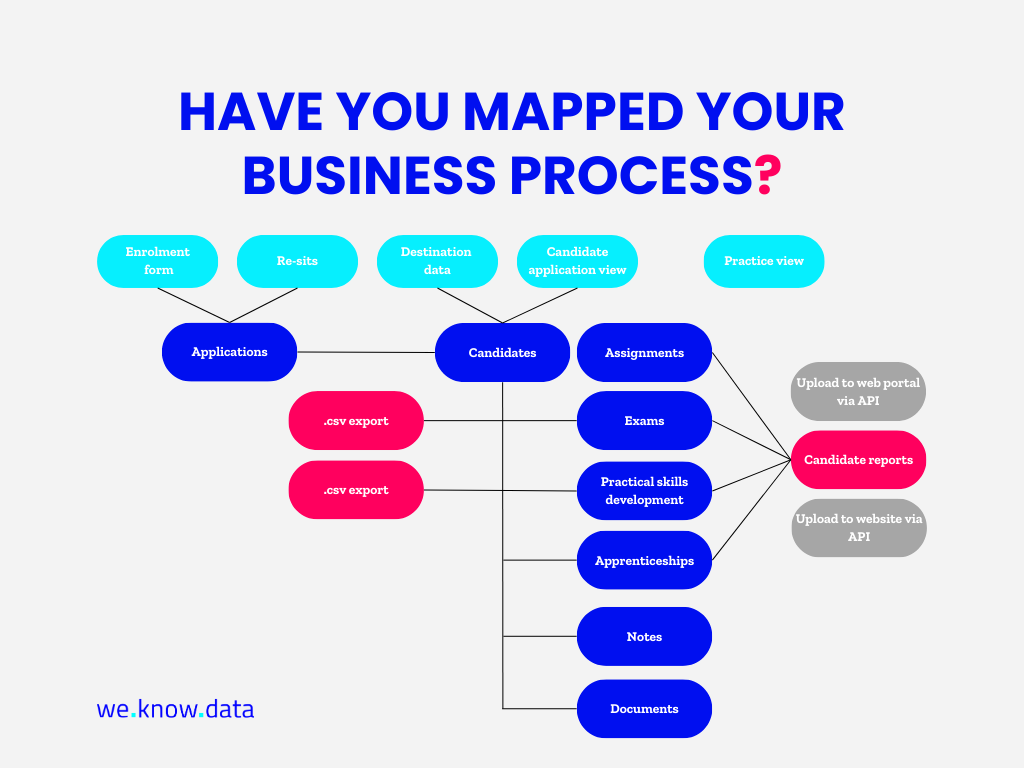If you want to build your own business app, low code tools have made this possible. Bespoke business app development is no longer the sole domain of experienced developers. With user-friendly tools like Claris FileMaker Pro, Claris Connect and Claris Studio, developers of all abilities now have the option to build their own business apps. So now, a growing number of “citizen developers” are rolling up their sleeves and getting to grips with the extraordinary capabilities that Claris provides. This enables them to build a software application that can handle their industry-specific business needs, instead of having to buy a product off the shelf and crowbar their data into its pre-built architecture.
When you build your own business app, the time spent planning is what makes it work.
However, although hugely empowering, the Claris platform’s flexibility and ease of use can also lead to the eventual downfall of a developer’s database app – unless sufficient care has been taken over the planning stages at the outset. Planning is an aspect of database development that is very often overlooked. Let’s face it, it’s not particularly fun, is it? Not when you can start creating something straight away. If you ask 100 developers what the most enjoyable part of database development is, very few of them will say “planning”, and the ones that do say that are probably best avoided at parties.
We all know that the real kick out of developing a database in FileMaker Pro is actually building the thing – seeing it take shape in front of your very eyes. But although the urge to dive straight in and start creating tables, fields, and layouts is understandable, it pays to resist the temptation. This is particularly difficult if you’re new to the Claris platform, as the intuitive features allow you to build something usable almost instantly – especially if you use one of FileMaker Pro’s starter solutions as a launch pad. Just a few tweaks to the layouts, a couple of new fields here and a company logo there, and we’re all set to go… right?
Start with a blank piece of paper
This is where I would strongly encourage any developer to stop what they’re doing, close the application, and walk away from it. Because, in my opinion, the most important stage of any database application doesn’t even happen on the computer. It happens on paper. As someone who has been maintaining and enhancing legacy FileMaker solutions for over 20 years, I have spent a lot of time working on databases that have been built either by in-house developers, third-party specialists or enthusiastic amateurs – and sometimes a troubling blend of all three.
The scenario I encounter most often, is a database which forms the backbone of a company’s business operations, but which is groaning under the weight of its poorly conceived architecture. The file is sluggish and unresponsive, it’s difficult for end users to navigate, whole sections are mysteriously present but never used, and it is a nightmare trying to implement additional features. These problems very often result from a lack of planning.
Get your foundations right before you build your house
Spending some dedicated time at the start of any database development project can help developers avoid these pitfalls and will prove invaluable further down the line. It’s like building a house. If you start laying the bricks without taking the time to dig the foundations and provide a solid footing, at some point it will all come crashing down. And when it does, it will do so with all of your stuff inside, which makes it even more of a nightmare to salvage something usable from the wreckage afterwards.
Yes, digging foundations is laborious, thankless work that the vast majority of people won’t ever get to see, but it’s also vital to the stability of your house. Planning for your database should be treated no differently. Here is an example showing how you might map the systems you are using for your business. 
Look out for our forthcoming blog, which will give you 5 key pointers to ensure your business app starts off on the right foot. It will cover topics such as which relationship methodology to use, the importance of unique identifiers, how to best separate your data and how to ensure you build for the future.
Having a clear understanding of what you need from your business app before you even open FileMaker Pro, will ensure you are laying down solid foundations on which to build your database application, which will stand you in good stead for many years to come. This will benefit not only you, but also any other developers who might work on your project in the future. Of course, I have a vested interest here, because I may one day end up being one of those developers!
We Know Data is a Claris Business Alliance Platinum Partner
We Know Data is a Claris Business Alliance Platinum Partner with a team of Certified FileMaker Developers. If you need help with an existing FileMaker System or you are looking at a new digital solution for your organisation get in touch. We offer a Free 1 Hour Consultation.

